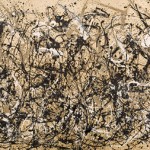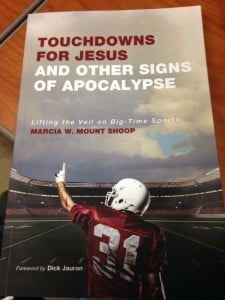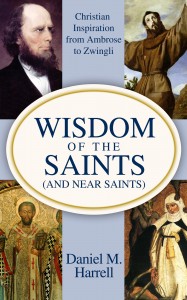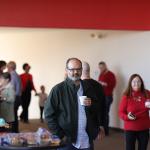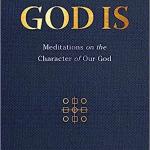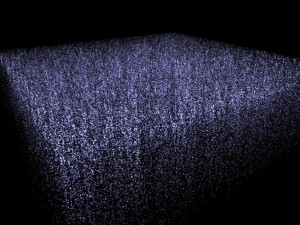 The Nobel Prize for Physics last week went to two scientists who figured how to isolate quarks for the sake of study, and by way of application, for the sake of quantum computers, doing to classical computers what quantum theory did to classical physics. University of Rochester physics professor Adam Frank put it this way:
The Nobel Prize for Physics last week went to two scientists who figured how to isolate quarks for the sake of study, and by way of application, for the sake of quantum computers, doing to classical computers what quantum theory did to classical physics. University of Rochester physics professor Adam Frank put it this way:
Classical computers use “bits” of information that can be either 0 or 1. But quantum-information technologies let scientists consider “qubits,” quantum bits of information that are both 0 and 1 at the same time. Logic circuits, made of qubits directly harnessing the weirdness of superpositions, allow a quantum computer to calculate vastly faster than anything existing today. A quantum machine using no more than 300 qubits would be a million, trillion, trillion, trillion times faster than the most modern supercomputer.
Yikes. I’ll admit to preaching on quantum theory in a recent sermon, imagining that just as quantum theory demonstrates light to behave as both particle and wave with its particle side showing up virtually everywhere at one and wherever you look for it, likewise the Lord, who is “light from light” (according to the Nicene Creed). Unbeknown to our forefathers of faith, light behaves as unpredictably as God himself, and with the same sort of dual nature as Jesus.How is this possible? How can the Kingdom of God be in two places at once, already here but not yet come? How can Jesus be both fully man and fully God? How can light behave as both particle and wave? How can a particle of matter exist everywhere at the same time, but then in only one place once you look at it? According to the Heisenberg Uncertainty Principle, “to observe is to disturb.” This is disturbing. Physically speaking, you need light to see but to shine light disturbs what you look at because the photons of light bump into the particles of matter and moves them. You can never see where something actually is. You can only see where you’ve moved it. What you see isn’t ever what you were looking for. Mystery is woven into the system. Applied to psychology, to observe is to disturb your perspective. Like it or not, whenever we look at something we can only see it from a relative viewpoint. The Heisenberg Uncertainty Principle applied to psychology means we must adjust our perspective to truly understand. You have to look at things differently to find what you’re looking for. Applied to theology then, to observe is to be disturbedby God. It is to have your eyes opened, your heart transformed, you spirit moved, your mind changed.
Usually on the heels of such sermons I’ll get an email from a scientist in the congregation chiding me for my “sermon science.” Fair enough. I am no scientist (and not much of a sermonizer). But I do love those moments when the mysterious aspects of the physical world dovetail with the mysteries we embrace in theology. To believe that “all truth is God’s truth,” is to believe that correctly interpreted scientific discovery will always agree with correctly interpreted Scripture and vice versa. OK, so the onus falls on the loaded caveat “correctly interpreted,” but the point is that God is consistent. What he speaks in the Bible squares with what he shows us in nature.

